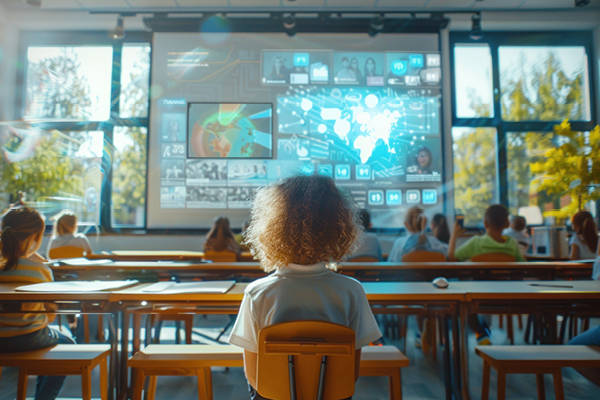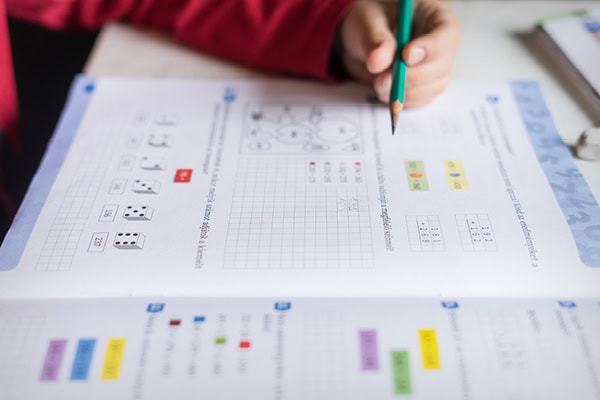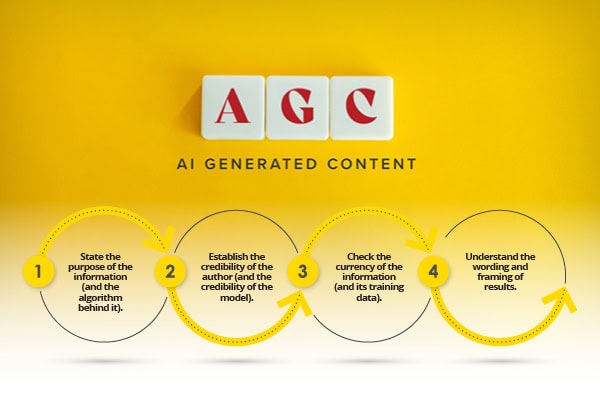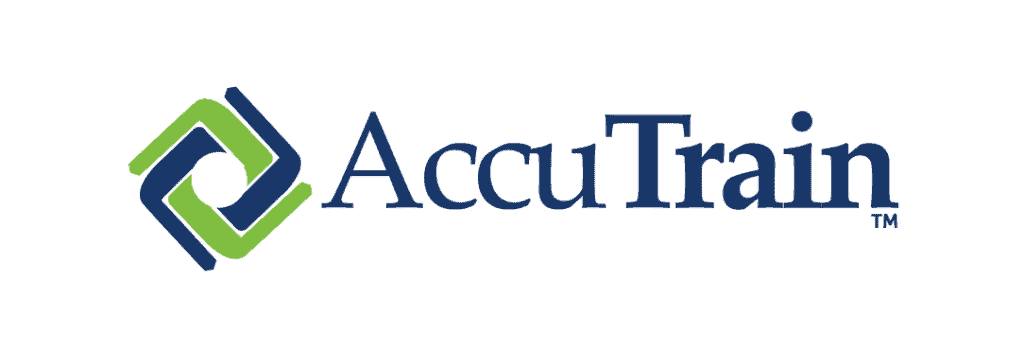Educators interviewed by The Washington Times say the evolution of AI in schools has unfolded in three stages: banning generative AI to prevent cheating, developing AI usage policies and requiring “strategic integration” of AI literacy instruction.
“Initially, there was panic, fear about cheating, misinformation, loss of jobs, but the conversation has matured,” says Gadi Kovler, CEO of Radius, an AI platform for teachers. “Students don’t need to study AI as a concept as much as they need to be flexible, critical thinkers who can adapt to rapidly evolving tools and workflows.”
Most teachers initially resisted AI as a threat to traditional learning, then gradually embraced it.
While interactive chatbots can pass multiple-choice exams and create deepfake recordings of people’s voices, educators stress the need to form thoughtful human users to produce deeper insights.
“AI apps allow learners to write, speak, perform and construct a lesson or problem from any location,” says Michael Liebmann, an assistant superintendent at the Matawan-Aberdeen Regional School District in New Jersey. “They cannot replace the relationships that are created between the teacher and the children in the room.”
The homework-learning app Brainly launched “Ginny” — a ChatGPT-powered chatbot that helps students expand or simplify answers to complex math and science problems as a learning aid — in March 2023.
Brainly found that 67% of surveyed students planned to use AI to prepare for their final exams in 2025, up from 59% a year ago, according to a study of 3,682 U.S. high school students. Another 80.6% of respondents said AI could improve their grades, up from 77% in 2024.
“We’re realizing that one-size-fits-all AI chatbots aren’t capable of adapting to each student’s individual learning style, emphasizing the need for personalized learning companions,” says Bill Salak, Brainly’s chief technology officer. “It’s important that schools teach students to become strategic users of technology not just as consumers, but as smart, effective decision-makers.”
Experts urge students to start with the simplest AI platforms and watch carefully for any “hallucinations” that they may produce with false information.
“I recommend sticking to one or two platforms like ChatGPT so that they can learn the ins and outs of that one before exploring the festival of other tools and apps that are springing up every day,” says Dan Ulin, a psychologist who founded the Los Angeles-based Elite Student Coach to help teenagers get into top colleges.
“Students require baseline AI literacy across all subjects, not just in computer science classes,” says Dev Nag, CEO of QueryPal, a San Francisco-based customer support automation company.
The share of teachers using AI jumped from 1 in 5 in early 2023 to more than 40% by the end of 2024, according to national surveys. In the same period, the percentage of teenagers using AI increased from 37% to 70%.
Sher Downing, CEO of Downing EdTech Consulting, says schools are moving to integrate AI in three areas from the earliest grade levels: 1) a redesigned curriculum emphasizing human skills; 2) new forms of testing that AI cannot easily replicate; and 3) programs ensuring AI access at all socioeconomic levels.
AI has also been effective in connecting emotionally and intellectually with special education students.
“It can help students with autism explore topics they love, ask creative questions, and engage in learning that’s personalized, meaningful and relevant,” says Katie Trowbridge, a Florida-based education consultant and former public high school teacher. “It can adapt content to fit their strengths, offer visuals or simplified language when needed, and even model social scenarios in low-pressure, safe ways that build confidence.”
Despite AI’s inevitable growth as a learning tool, financial limitations and lingering concerns about academic dishonesty have kept AI out of many schools.
“When it comes to what to avoid with AI, I would caution against outright banning AI in the classroom,” says Caroline Allen, chief program officer at the right-leaning Center for Education Reform and a former teacher. “I would also advise against relying on AI-generated content without vetting it.”
Cyber safety experts say schools with digital literacy programs to integrate AI in all grades and classes have done better with disciplinary issues than campuses that relegate it to computer science classrooms.
“Rather than banning it altogether, teach students how to use this tool well,” says Allison J. Bonacci, director of education for Cyber Safety Consulting, an Illinois-based company that works with schools to develop internet safety policies. “Age-appropriate AI literacy can be integrated into all classes, not just tech classes.”
Students’ critical thinking scores rose by 18% on average in schools that introduced AI with digital literacy programs, according to a 2024 UNESCO report. In contrast, they fell by 9% in schools that allowed AI without a digital literacy program to guide it.
“If students begin to treat AI like a shortcut for thinking, they may lose opportunities to build foundational cognitive skills,” says Marlee Strawn, co-founder of Scholar Education, a company that develops AI tools for K-12 classrooms.
Washington Times




